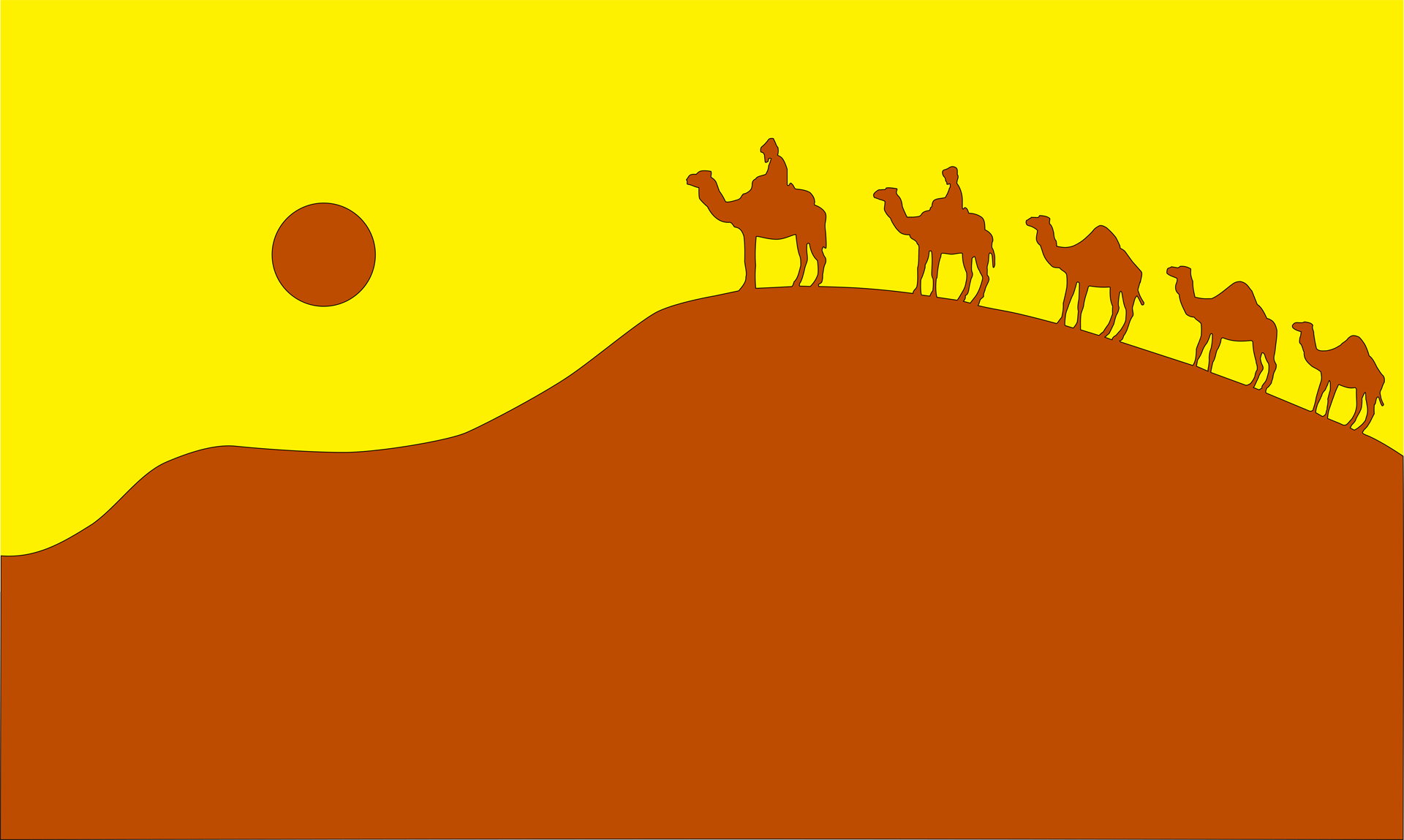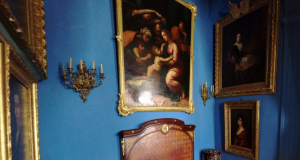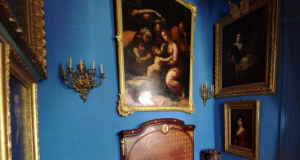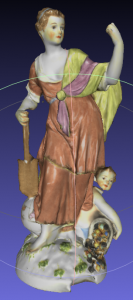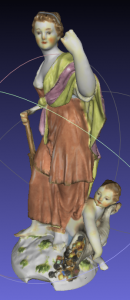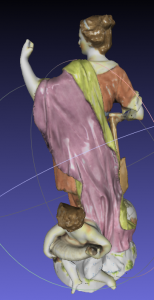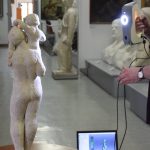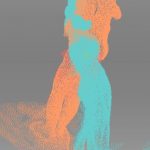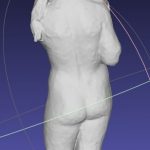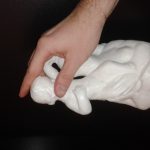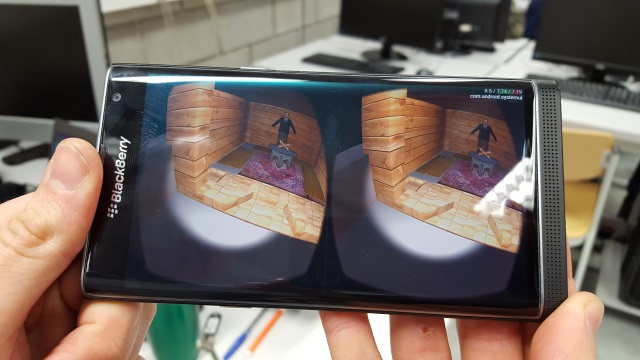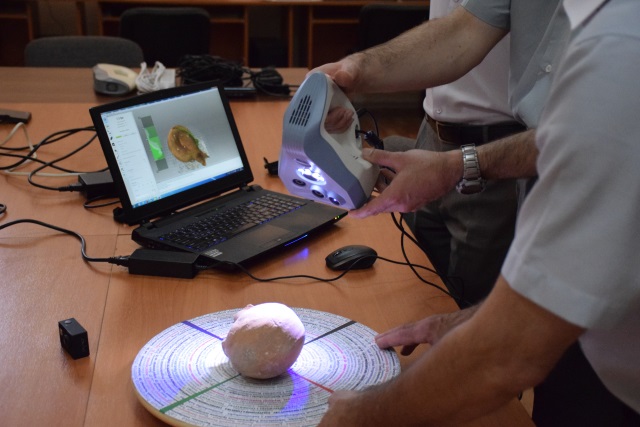On January 15, 2018 at the Zamoyski Museum in Kozłówka, the first scientific-practical seminar “3D technologies in museology” will be held, presenting the achievements of the Institute of Computer Science in the field of application of modern information technologies and computer methods in 3D graphics in museology.
The organisers of the seminar are the Zamoyski Museum in Kozłówka (director Anna Fic-Lazor), the Institute of Computer Science (dr hab. inż. Jerzy Montusiewicz, prof. PL) of the Lublin University of Technology and the Polish Information Processing Society, Lublin Branch (dr inż. Marek Miłosz). The seminar will be held under the honorary patronage of the Marshal of the Lubelskie Voivodship Sławomir Sosnowski and His Magnificence prof. dr hab. inż. Piotr Kacejko, Rector of the Lublin University of Technology, while the media patron will be TVP 3 Lublin.
Seminar program:
- 3D Technologies and related notions – introduction for non-IT types
- Scanning and visualisation of interiors
- Kozłówka museum objects in 3D technology
- Creating museums for the blind
- Virtual reality exhibition
- Material artifacts of the Samarkand museums in Uzbekistan
- Collaboration of technical universities and museums on the example of the Lublin University of Technology and the Zamoyski Museum in Kozłówka
- 3D solutions –presentation of effects
Ad. 1. The presentation ”3D Technologies and related notions – introduction for non-IT types” will disscuss the basic ideas to do with information technologies and 3D techniques, such as the scanner and the scanning process, 3D printing and its technologies, the point cloud, structural light, 3D mesh model, texture, pre- and postprocesing, virtual reality and immersion.
Ad. 2. The presentation “Scanning and visualisation of interior ” will discuss the possibilities of using a Faro laser scanner working in conjunction with the recording of textures of digitised objects by taking a series of photos. The author will present selected elements of procedures for processing acquired points and the ability to generate: an object in the form of a point cloud by aggregating component images, a three-dimensional grid model, and a set of panoramic images. The way of moving around the object will also be presented and the possibilities of watching it. The whole will be illustrated with the paintings created after scanning the chapel and one of the rooms of the Zamoyski Palace in Kozłówka and the interiors of the Morski Family Palace (today: the National School of Judiciary and Public Prosecution) in Lublin.
Ad. 3. In the presentation “Kozłówka museum objects in 3D technology” examples of objects made at the museum will be discussed. Among them are: 3D scanning of a damaged image frame, including its processing and virtual reconstruction of damaged fragments; 3D digitalisation of hard-to-scan objects on the example of a Chinese porcelain figurine, along with the process of its processing; or 3D scanning of the pianomelodicon and the main stages of its treatment procedure aimed at obtaining an integrated point cloud and mesh model. At the end, the author will discuss the functional capabilities of the Artec Spider scanner working in structural light technology designed for precise digitalisation processes.
Ad. 4. “Creating museums for the blind” is a presentation that aims to bring the topic to attention and discuss some concepts of solutions introduced experimentally in foreign museums. The author will present previous activities in this area. They include: the process of 3D digitisation by using the Artec Eva scanner working in structural light technology, which also allows capturing information about the texture of the object; selected stages of processing and the procedure of generating a 3D wireframe, or the process of postprocessing and 3D printing. The whole will be illustrated by works assembled in the Gallery of the Art of Socialist Realism in the Zamoyski Museum in Kozłówka.
Ad. 5. “Virtual reality exhibition” presents stages and actions, required technologies and necessary devices to create virtual reality displays (VR). The author will present the main stages of 3D modeling using the 3ds Max program (exhibition room and objects), transferring three-dimensional models to the Unity environment and generating a virtual reality world for smartphone devices. All activities will be presented on the example of the students’ room (hudgra) from data obtained in the Scientific-experimental Museum-laboratory of the A. Navoi Samarkand State University in Uzbekistan. At the end, the participants will be able to experience immersion in the created virtual reality.
Ad. 6. In the presentation “Material artifacts of the Samarkand museums in Uzbekistan”, selected works carried out in the Scientific-experimental Museum-Laboratory of the A. Navoi Samarkand State University and the Afrasiab Museum. The author will present the process of scanning 3D museum artifacts using the Artec Eva and Artec Spider scanners and the effects of their processing. Virtual 3D models of exhibits coming mainly from excavations will be presented. The exhibits are dated from the second century BC to the 14th century AD and include: pitchers, dishes and their fragments, cups, bowls, fragments of cornices and an ossarium and skulls.
